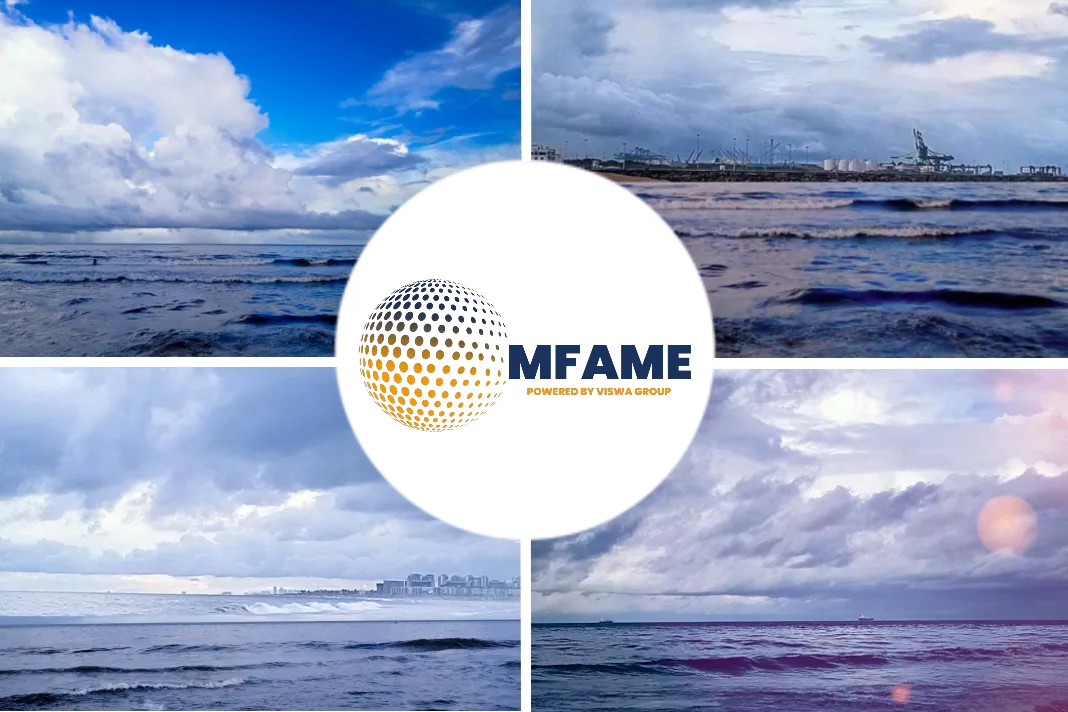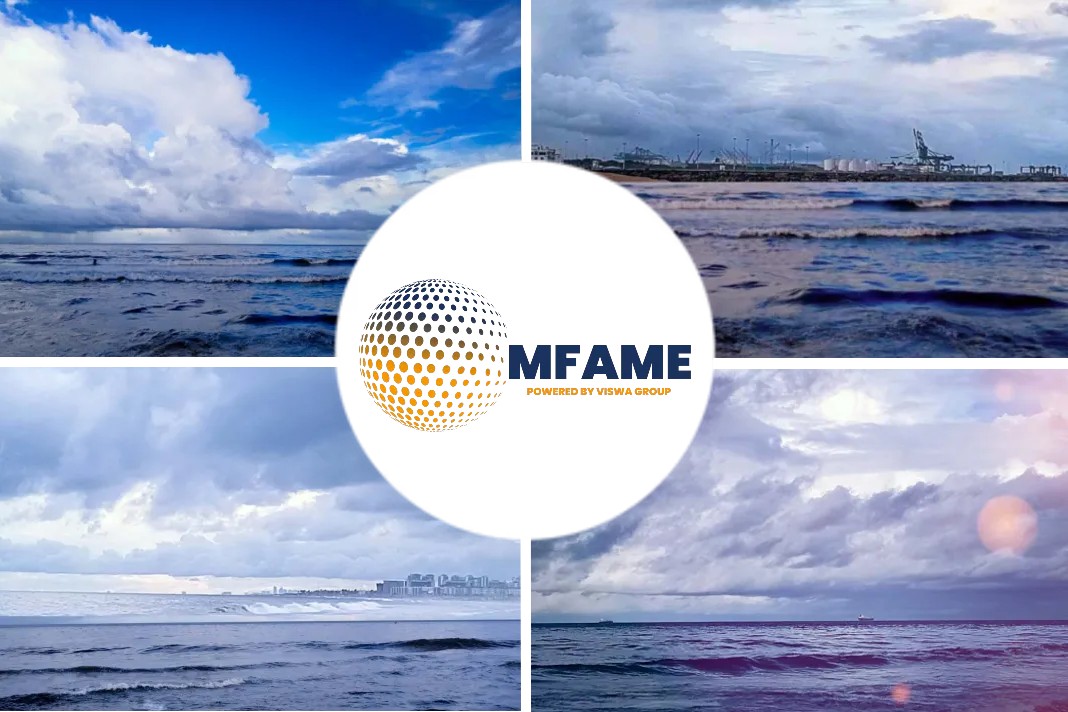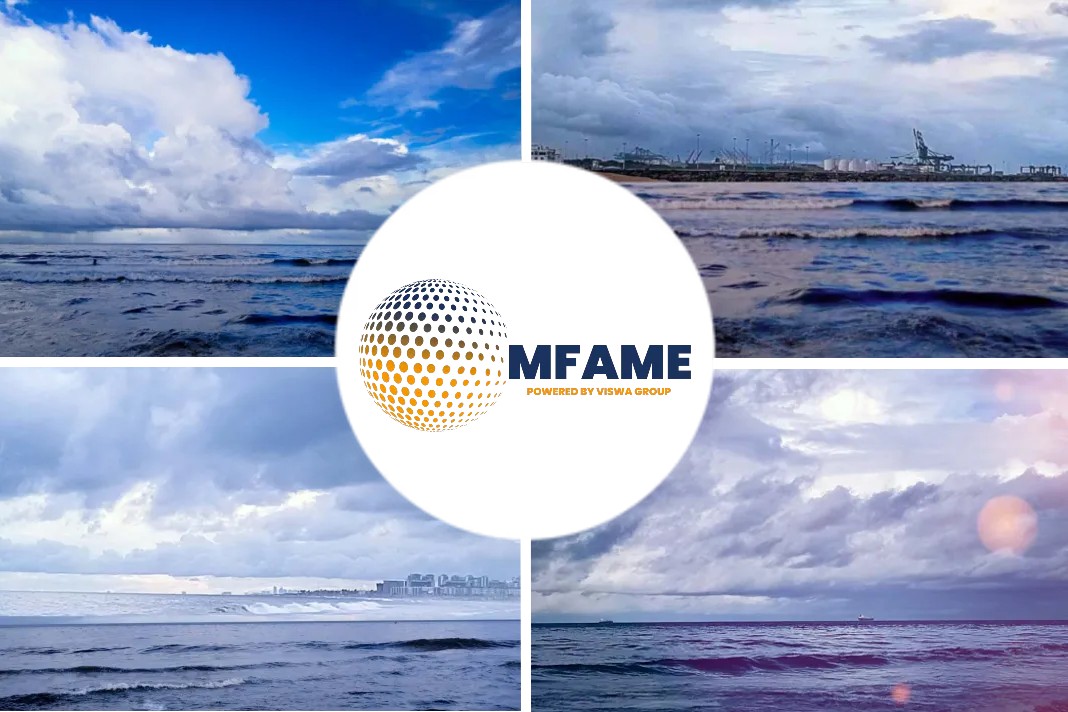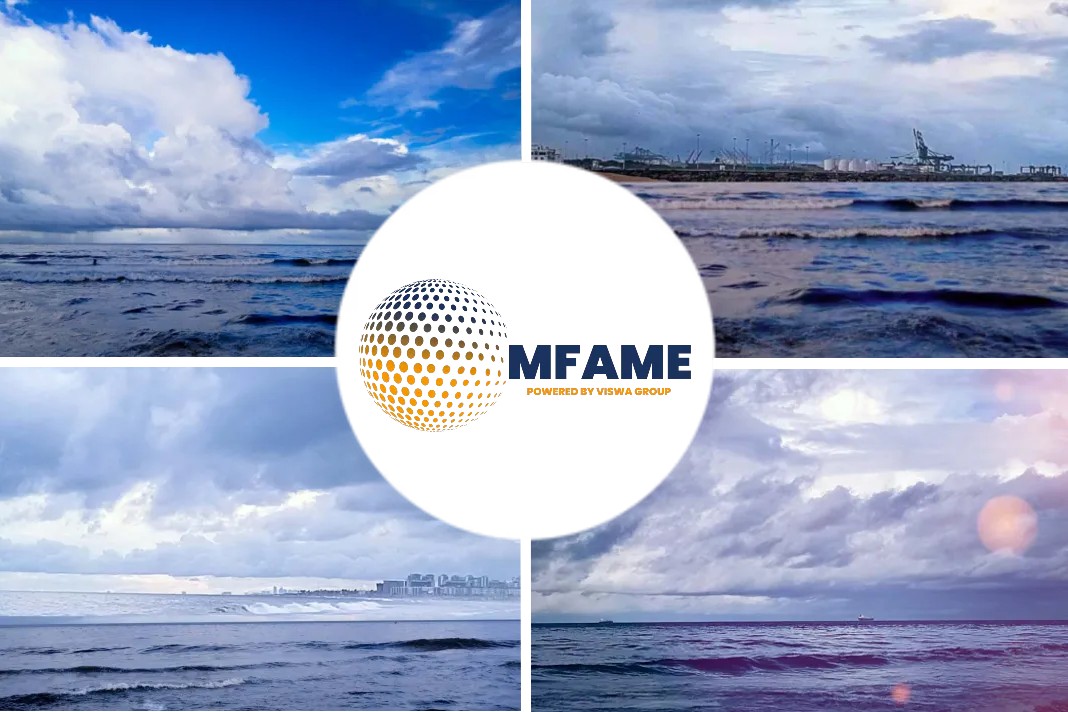BIMCO bucks general consensus on tanker markets outlook in 2020. The general consensus is the tanker market will benefit from IMO 2020 but BIMCO has a different assessment: “tanker demolition is slowing and ordering is on the rise.”
Demand for fleet growth
By the middle of August, the tanker fleet has already grown by 4.3%. Growth in the crude oil tanker fleet is particularly high with BIMCO expecting full year growth of 5.3%.
The higher fleet growth comes not only from increased deliveries, but also from slower than expected demolitions.
Only 2.1M dwt of crude oil tankers has been demolished so far this year; in response BIMCO has lowered its expectations for crude oil tanker demolitions in 2019 from 9M to 4M dwt.
In contrast to the disappointing demolitions, ordering has picked up. New orders for the tanker fleet have increased to 13.1M dwt. Since May six VLCCs of 300,000 dwt or more have been ordered as well as 30 Aframaxes.
As BIMCO expects the tanker fleet will grow by 5% this year, the already over supplied market has no need for extra ships, and further ordering will only worsen future market conditions.
Boost in Tanker shipping demand
Demolitions of product tankers have also slowed down through the year, with owners preferring to keep their tonnage active in the hope of benefiting from additional demand for oil product tankers as we approach IMO 2020.
The new low sulphur fuel types are made available around the globe. BIMCO expects this will provide a much-needed boost to demand for tanker shipping.
With only 0.6M dwt having left the oil product fleet, deliveries of 6.4M dwt has meant fleet growth of 3.5% this year, with BIMCO expecting full year fleet growth of 4.4%.
Even with a demand boost to the oil product tanker shipping sector expected to come, this high fleet growth will put pressure on earnings.
Impedance in Oil tanker market
Recently contracting activity has slowed down in the oil product tanker market, with only nine MRs being ordered in June and July.
The orderbook for oil product tankers now stands at 11.9M dwt, which is 15.9% lower than in August 2018, as more have been delivered than ordered in the past 12 months, a positive trend to be continued to enable a return to a more balanced market.
BIMCO Tanker Market Outlook
In July, OPEC+ ministers announced they would maintain their current output restrictions of 1.2M b/d, aiming at reducing high stocks in an oversupplied market.
- The US has continued to increase its crude oil production and exports, with seaborne experts reaching a new record high of 11.9M tonnes in June.
- South Korea became the largest importer of US seaborne crude oil exports, after China all but disappeared from the market as its relationship with the US soured.
- Chinese crude oil imports from the US fell by 76.2% in the first six months of the year. Over the same period, total Chinese crude oil imports are up 8.8% reaching 244.6M tonnes.
- Saudi Arabia has overtaken Russia as the largest supplier of crude oil to China, the two nations sent 37.8M and 37.7M tonnes respectively in the first half of the year. The increase in volumes from Saudi Arabia of 10.5M tonnes is good news for the shipping industry, as most Russian crude oil exports to China are through pipelines, and therefore have no effect on the crude oil tanker market.
- Although Chinese imports from Saudi Arabia boost the shipping industry more than those from Russia, a resolving of trade tensions and a return of Chinese buyers to the US crude oil market would provide an even larger boost for crude oil shipping, as it would increase tonne-mile demand.
Another boost to the industry comes from the ramping up of refined oil product exports around the world as the traditional northern hemisphere Autumn maintenance season will be shorter, and volumes will not fall as much as usual.
As refineries start producing and selling low sulphur fuel, oil product tankers will be employed to transport the product to where it is needed.
Any further escalation of the situation in the Persian Gulf, as Iran has hinted could come should their exports be forced to zero, would have a severe impact on the tanker shipping industry as around half of all seaborne crude oil is transported through the Strait of Hormuz.
Should it be further threatened, or outright closed, the tanker market would face severe consequences.
Did you subscribe to our daily newsletter?
It’s Free! Click here to Subscribe!
Source: BIMCO


























